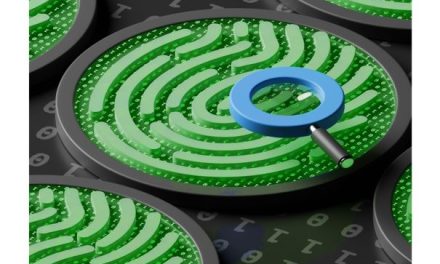As cybersecurity evolves and bad actors become more sophisticated, organizations must adapt. Security teams must take a more proactive approach to Network Traffic Analysis (NTA) in order to avoid the next generation of hacks and breaches to ensure they have a sound cybersecurity position.
Standard industry solutions include Artificial Intelligence models that are often fundamentally flawed if they compare network behavior exclusively against a historical baseline analysis.
In 2014, Yahoo! was hit with a cyber-attack affecting 500 million user accounts and 200 million usernames were sold, the largest known cyber breach on a single company to date. This caused $350 million to be cut from the original price Verizon was meant to buy Yahoo! for, leading to the final sale of $4.83 billion. Yet what is AI doing amidst all of this? Every light has its shadow, on one side AI is at the forefront of it all, helping to protect data and personal information.On the other, cyber criminals could use real AI-based algorithms to attack companies on a scale that the world has never seen.
A typical cyber crime such as phishing, could be developed significantly into a more complex and sophisticated attack.
In this attack, cyber criminals could use AI to impersonate a friend or family member of its victim to gain information using ‘deepfake’ techniques . Also, to breach a firm, hackers can create malware to improve stealth attacks. In which hackers use the malware to blend in with an organisation’s security only then to carry out untraceable attacks.
Consequently, it is almost imperative for businesses to deploy cyber AI to not only protect themselves but also their customers.
The task facing thousands of companies is to build their own AI model to detect malware, but building these models require huge amounts of data as models must recognise attacks and counter them. Also, cyber attacks keep evolving, so AI models need to keep being updated. When finished, these models will be able to detect minute behaviour changes in malware and then remove it from the AI system.
Organisations migt even use AI-based models on a much larger scale to protect the entirety of their online network, not only one aspect of it. An example of this model is implemented in Gmail, which uses machine learning to block out the millions of spam messages every day.
AI Automation
Vital to making a unified platform work are AI and automation technologies. Because organisations cannot keep pace with the growing volume of threats by manual detection and response, they need to leverage AI/ML and automation to fill these gaps. AI-driven solutions can learn what normal behavior looks like in order to detect anomalous behavior.
Many employees typically access a specific kind of data or only log on at certain times. If an employee’s account starts to show activity outside of these normal parameters, an AI/ML-based solution can detect these anomalies and can inspect or quarantine the affected device or user account until it is determined to be safe or mitigating action can be taken.
If the device is infected with malware or is otherwise acting maliciously, that AI-based tool can also issue automated responses.
 Making these tactical tasks the responsibility of AI-driven solutions frees security teams to work on more strategic problems, develop threat intelligence or focus on more difficult tasks such as detecting unknown threats.
Making these tactical tasks the responsibility of AI-driven solutions frees security teams to work on more strategic problems, develop threat intelligence or focus on more difficult tasks such as detecting unknown threats.
Source: Cyber Security Intelligence


























